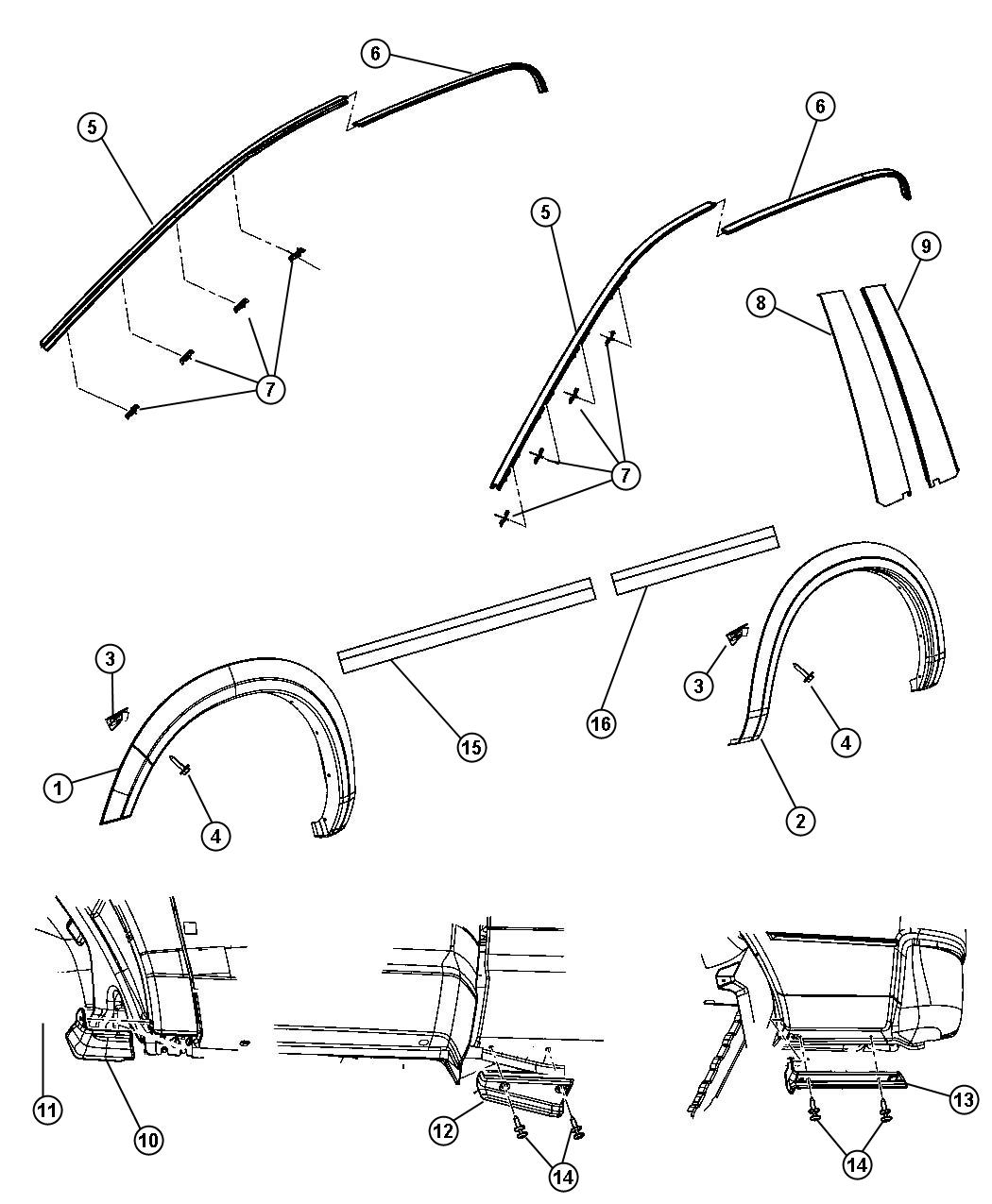



Tail cones Tail cones streamline the rear extremity of a fuselage by eliminating any base area which is the source of base drag. Strut-to-wing and strut-to-fuselage junctions Strut end fairings reduce drag at these junctions. Spinner To protect and streamline the propeller hub. They open up as the flap comes down and may also pivot to allow the necessary sideways movement of the extending mechanism which occurs on swept-wing installations. Flap track fairings Fairings are needed to enclose the flap operating mechanism when the flap is up. Fixed landing gear junctions Landing gear fairings reduce drag at these junctions. Fillets Fillets smooth the airflow at the junction between two components like the fuselage and wing. Fin and rudder tip fairings Fin and rudder tip fairings reduce drag at low angles of attack, but also reduce the stall angle, so the fairing of control surface tips depends on the application. Elevator and horizontal stabilizer tips Elevator and stabilizer tips fairings smooth out airflow at the tips. Commonly made from fiberglass, it may also incorporate a windshield. Cockpit fairing Also called a "cockpit pod", it protects the crew on ultralight trikes. It can also cover additional cargo storage or fuel tanks. On aircraft, fairings are commonly found on:īelly fairing Also called a "ventral fairing", it is located on the underside of the fuselage between the main wings. An aircraft wheel fairing, commonly called a wheel pant or spat or, by some manufacturers, a speed fairing Types


 0 kommentar(er)
0 kommentar(er)
